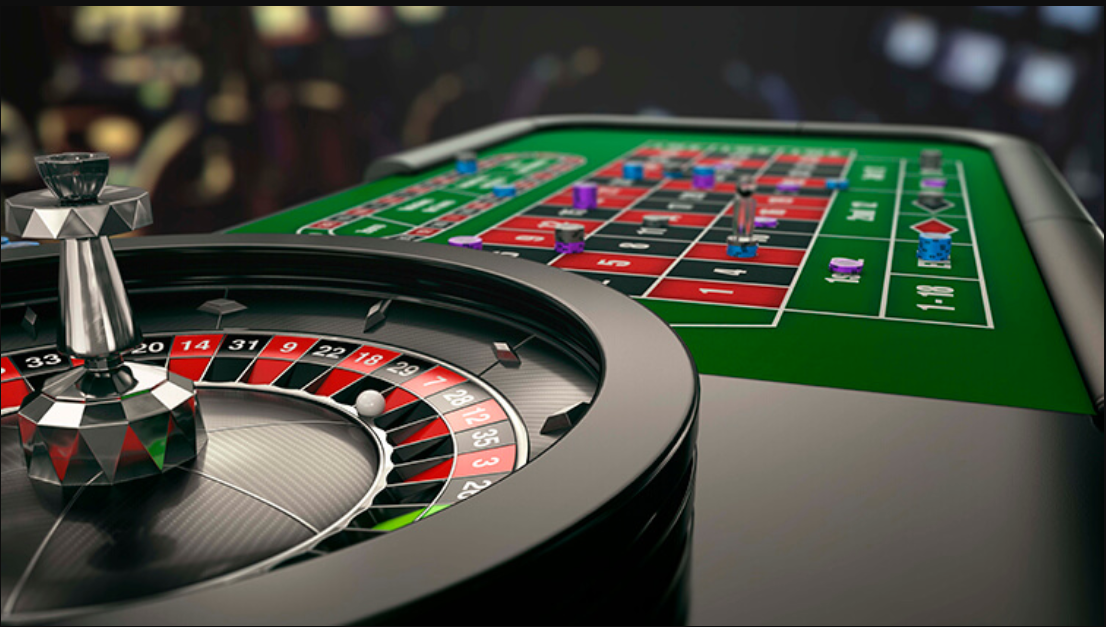VR and the Prospects of Gambling Games

While technology continues on advancing at a fast speed, the realm of entertainment is experiencing a major transformation. One of the most thrilling advancements of recent years has been the emergence of virtual reality, which has started to redefine how we perceive different forms of games. The casino industry, known for its vibrant environment and thrilling moments, is not different. With the incorporation of VR into casino games, players now have the chance to immerse themselves in richly immersive environments which mimic the excitement of a real casino, entirely within the convenience of their personal houses.
Picture stepping into a digital casino where you can engage with fellow players, participate in real-time dealer sessions, and explore a wide-ranging range of gaming choices, all amplified by state-of-the-art technology. This new method not only intensifies the thrill of traditional gambling titles and additionally removes spatial limits, allowing players from the world to connect and participate in a shared playing experience. Looking ahead, as we look ahead, the possibilities for virtual reality within the realm of gambling titles are boundless, offering to transform the way we think about betting and entertainment altogether.
The Rise of Virtual Reality in Gaming
The introduction of VR technology has revolutionized various sectors, and the gaming industry is at the vanguard of this shift. More than just a trend, VR delivers immersive experiences that brings players closer to the gameplay than ever before. Casinos have started to harness this innovation, creating atmospheres that mimic the excitement and ambiance of a brick-and-mortar casino, conveniently from the comfort of home. This shift not only enhances gameplay and attracts a new generation of players keen for new offerings.
As VR is more available, the variety of casino games available in this format continues to expand. Players can now participate with popular games such as blackjack, poker, and slots in a 3D space where they can connect with fellow players and dealers in real-time. This immersive aspect enhances the social interaction, allowing users to experience as if they are part of a vibrant casino community even while geographically isolated. The extra dimension of realism provided by VR is appealing and is probably to shape how gambling games are created and played in the future.
In addition, the integration of virtual reality into gambling is predicted to spur advancements in technology and game design. Developers are experimenting with innovative game elements and attributes that take advantage of VR’s full potential. 78win These innovations could lead to a wide variety of casino game options that not only would capture the essence of traditional games but also introduce fresh formats and interactions. Thể thao 78win By adopting VR, gambling establishments can stay competitive in a rapidly evolving gambling market, making sure they meet the demands of modern players seeking thrilling and engaging experiences.
Enhancing User Experience in Casino Games
Virtual reality is changing the manner players engage with casino experiences, building immersive environments that replicate the vibe of a physical casino. By putting on a virtual reality headset, players can enter a virtual environment where they can play with realistic 3D models of gambling activities. This immersion intensifies the bond players have with their play experience, making every slot machine spin or dice roll feel more exciting and realistic.
Besides sight engagement, the use of tactile feedback technology provides players with tactile experiences that improve gameplay. For instance, as a player scores a hand in virtual poker, they can receive vibrations through their game controllers that simulate the feeling of earning chips in actual gameplay. This element of sensory feedback makes the experience more immersive and closes the gap between traditional and virtual gaming spaces.
Social engagement is another critical aspect that VR brings to casino games. Players can participate in multiplayer experiences, enjoying the rush of playing with friends or strangers in a collective VR setting. This communal aspect builds a shared camaraderie and friendship, which is often missing in conventional online gaming. By permitting players to chat and interact in live, VR casinos recreate the interactive environment that many players appreciate in physical casinos, ultimately leading to a more fulfilling and more pleasurable play experience.
Emerging Trends and Innovations in VR Casinos
As tech continues to evolve, the integration of AI and ML into Virtual Reality gaming environments is set to transform the gaming experience. These improvements will allow for greater personalized gameplay by tailoring games to individual player preferences and behaviors. Players can look forward to seamless interactions with virtual dealers and artificial intelligence-powered companions that boost immersion and engagement, forming a realistic casino atmosphere from the convenience of their homes.
In addition to AI, the implementation of blockchain promises to transform the safety and transparency of transactions in Virtual Reality gaming environments. With smart contracts enabling faster payouts and verifiable fairness in results, players can enjoy confidence knowing that their investments are protected. This combination of technologies can establish trust and foster a bigger player base, motivating more people to delve into virtual gambling environments.
Additionally, the evolution of community engagement within Virtual Reality casinos is likely to take the spotlight. Future advances may promote deeper connections among players, providing features such as virtual chat rooms, multiplayer competitions, and even live events. By incorporating social elements, these enhancements will not just enhance the gaming experience but also create a vibrant community where players can exchange strategies, acknowledge wins, and enjoy camaraderie in a dynamic virtual setting.